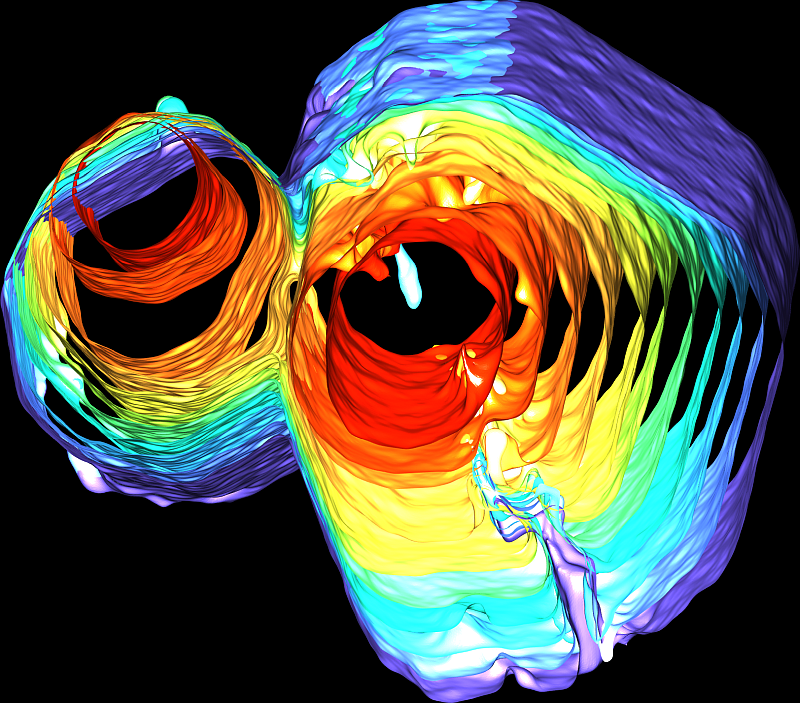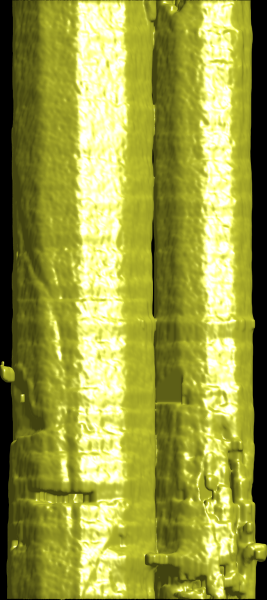
Quasicrystal is a form of matter with an unusual arrangement of atoms. Although it’s called a “crystal” but it lacks symmetry. Unlike crystals, pattern within the quasicrystal does not repeat itself. They were first discovered in 1980s and since then the possible atomic arrangements violated the rules that fall under the category of crystals, that is, the materials could have only two-, three-, four- or six-fold symmetry.
In the early 2000s quasicrystals were considered to revolutionise the whole thing from solar cells to frying pans, however, a defect made it look otherwise.
Researchers at University of Michigan are planning to resurrect and “bring quasicrystals back into the mainstream”.
Unusual properties of quasicrystals
Quasicrystals is famous for its unusual properties, like it can be ultra-hard or super-slippery.
It can tap-in heat and light in unusual ways and display exotic electrical properties.
Grain boundaries
Manufacturers who first commercially developed the material released the basic flaw in quasicrystals. The material was saturated with minute cracks between crystals, that was termed as grain boundaries.
These cracks lead to corrosion thus rendering the material to fail. Ever since, it was thought that quasicrystals can never gain the main ground.
University of Michigan researchers showed that under certain conditions, quasicrystals can be merged together to form a bigger crystal with no grain boundary imperfections.
Formation of single unit of large quasicrystal
For the study, researchers placed a fraction of a millimeter pencil shaped crystals in liquefied mixture of aluminium, cobalt and nickel. With the help of X-ray tomography, they detected the effect in real time in 3D. They observed that with the cooling of the mixture, tiny crystals bumped with each other and ultimately blended together. The final output was a single unit of large quasicrystal.
Later, the team also replicated their result with computer simulations. Under each iteration, they slightly changed the parameters and eventually, they were able to identify the exact conditions that lead to morphing of tiny crystals into larger ones.
They found that when tiny pencil-like crystals have same alignment while facing each other, they form a better collision resulting in final coalescent.

As per Glotzer, corresponding author on the paper, simulation and experiments go hand in hand. Simulation proves the efficacy of any experiment, in this case, the crystallization process. The process which otherwise is difficult to see, simulation makes it easier to perceive.
Takeaway
Although the process of transitioning this technology from the research lab to the marketplace will take a few more years but simulation data could prove helpful in manufacturing large quasicrystals in production-scale quantities.
Researchers envision that with the help of sintering – process of compacting and forming a solid mass of material by heat or pressure – quasicrystals can be resurrected back into the mainstream.



